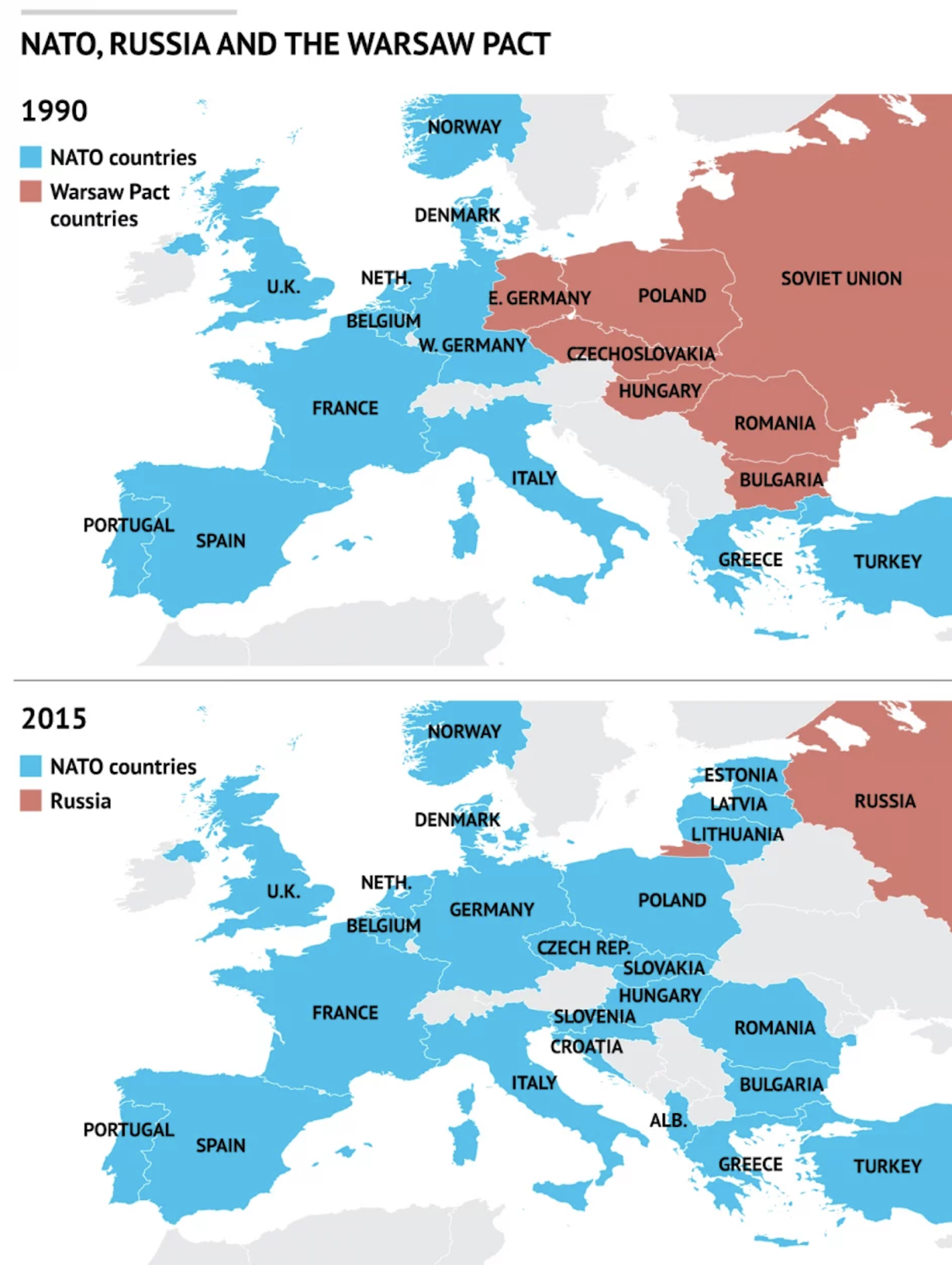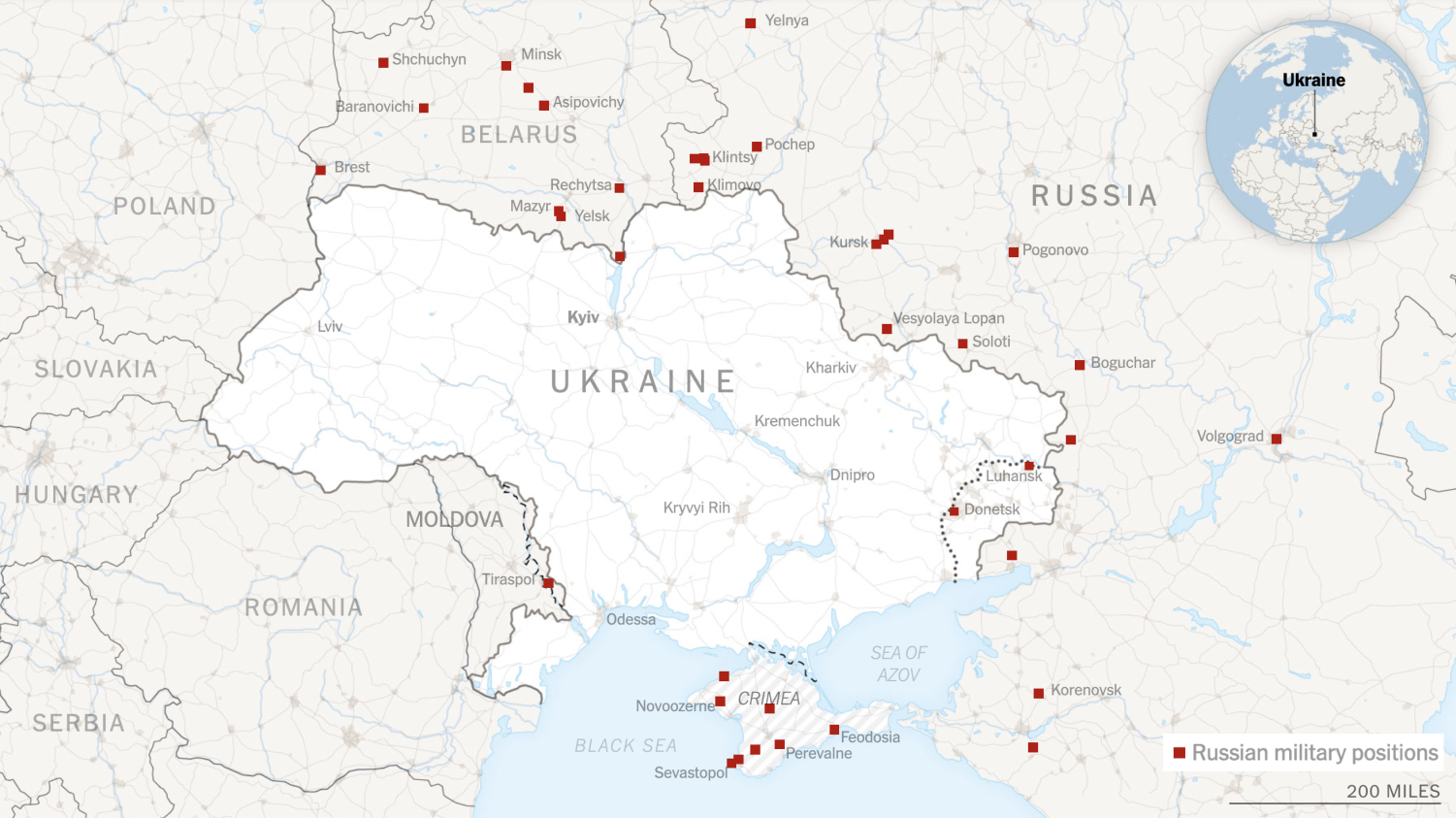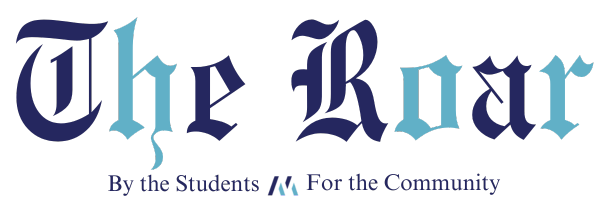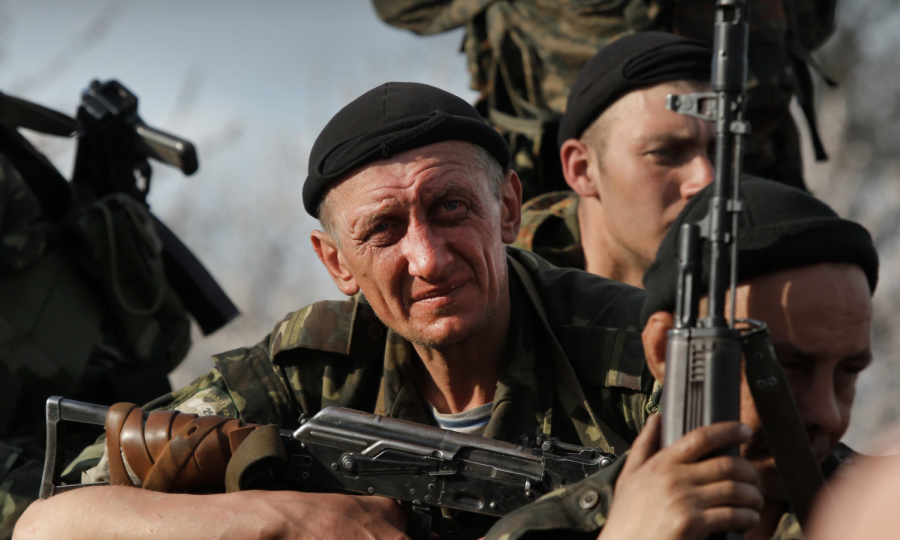How Did We Get Here? State of Affairs in Ukraine
Ukrainian Army soldiers in transit to the town of Kramatorsk, Donetsk Oblast in Eastern Ukraine on April 16, 2014
This story has been updated since it was originally posted to reflect the start of the Russian invasion of Ukraine on February 23, 2022.
In recent weeks, Russia has assembled more than 190,000 troops on its borders with Ukraine, an Eastern-European nation of 40 million people, prompting fears of the largest invasion in Europe since the end of World War II. But how did we end up here, on the brink of war between two longtime allies with deep cultural, religious, and political connections? Why should America be concerned with what happens in a poor, Slavic-speaking country half a world away?
All of these issues are intertwined with a complex and multi-faceted global history. Over the course of hundreds of years, Ukraine was largely ruled as part of the Russian Empire and, later on, as a constituent republic of the Soviet Union. In the modern day, eight million ethnic Russians live in Ukraine, almost a third of Ukrainians speak Russian, and Russia is Ukraine’s largest trade partner.

After the collapse of the Soviet Union in 1991, Ukraine, along with many former Communist countries, began to seek closer ties to the West. They opened their economies to trade, established democracies, and joined military alliances with the West, primarily through the North Atlantic Treaty Organization (NATO). These reforms brought some success but haven’t worked perfectly. According to The Guardian, Eastern Europe has grown freer, richer, and more democratic in the 30 years of peace since the fall of the Soviet Union. These gains, however, have not been distributed equally. Ukraine is among those most disaffected — since 1990, its economy has remained stagnant. The country is plagued by corruption and ranks low on scales of civil liberties and functionality of government. These failures, along with other factors, have made some in Ukraine, especially older generations and ethnic Russians, want to forge closer ties with Russia.
The ostensible reason Russia is threatening to invade is Ukraine’s request to join NATO . Also known as the North Atlantic Treaty Organization, NATO is an alliance of countries that offers — among other things — collective defense from invasion. The basic tenet of collective defense is that an attack on one is an attack on all; if one member nation is attacked, every county sends troops to defend it. This acts as a deterrent against invasion. Formed after World War II, Western countries like Britain, France, and America created the military alliance to curb Soviet influence in Europe and prevent a future war. The Soviet Union created a similar system, directed against Western power, called the Warsaw Pact out of Eastern European Communist countries. These deterrences worked, and for the 40 years of the Cold War, a major war was averted between the Soviet Union and the United States.
NATO’s role changed after the collapse of the Soviet Union in 1992. A slew of former communist countries have joined NATO, as part of broader strategic realignments away from the East and towards the West. With its main adversary gone, NATO’s focus has since shifted to smaller regional conflicts. In 1999 and 2001 a NATO coalition sent troops to Yugoslavia and Afghanistan. The alliance also hosts annual military exercises across its member nations.
Unfortunately, 1992 was not the end of Moscow’s geopolitical ambitions. In recent years, Vladimir Putin, Russia’s longtime leader, has tried to reassert his country’s influence. According to NBC News, he called the breakup of the Soviet Union, “the greatest geopolitical tragedy of the 20th century” and wants to recreate the old Russian Empire. Ukraine is a prime candidate for this reintegration. It has a 1,000-mile border with Russia and a sizable Russian-speaking minority; its growth has slowed and the country is plagued by corruption. This is not the first chance Russia has had to show its military might.
Between 1991 and 2009, Russia has been involved in 10 different military conflicts — three of which were with the former Soviet nations Georgia, in the Caucasus, and Moldova, in Eastern Europe. They’ve fought enemies, foreign and domestic, from Chechnya to Syria, and developed an advanced and capable military. Most importantly, in 2014, Russia invaded Crimea, a strategically important Ukrainian peninsula in the Black Sea, after Russia falsely alleged ethnic Russians were being oppressed in the region. After a phony election, Russia annexed the peninsula. While most countries, including every NATO member, condemned the annexation, this matters little to Putin, who has now controlled it for eight years.
Since 2008, Ukraine has asked to join NATO, motivated by the threat of Russian invasion. Russia wants a guarantee that Ukraine won’t join NATO in order to prevent further Ukrainian integration with the west. To quell their hostility, the West has since declined Ukraine’s membership.
Recent tensions have been inflamed by another legacy of the 2014 conflict. At the same time Russia invaded Crimea, it also supported separatists in the far-eastern Ukrainian regions of Donetsk and Luhansk, collectively known as the Donbas. Like Crimea, the area has a large Russian-speaking population, and similar to Crimea, Putin has falsely alleged genocide of ethnic Russians. On Tuesday, during a televised address, Putin formally recognized the Donbas as independent from Ukraine and ordered troops to enter the region. Putin’s decision to recognize and reinforce the Donbas has made war more likely than any of Russia’s other actions.
This struggle for influence has brought these countries here. While discussion of conflict deals with nations, the effects of war are felt by the individual. Since 2014, 14,000 people have died fighting in Eastern Ukraine. Able-bodied men have been ordered to fight, and a full-scale war will bring death and destruction unparalleled in Europe since World War II.
Teddy Gillman is a junior at Milken, and is in his second year doing writing for the Milken Roar. He joined Journalism because he likes reading the news,...



